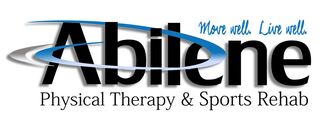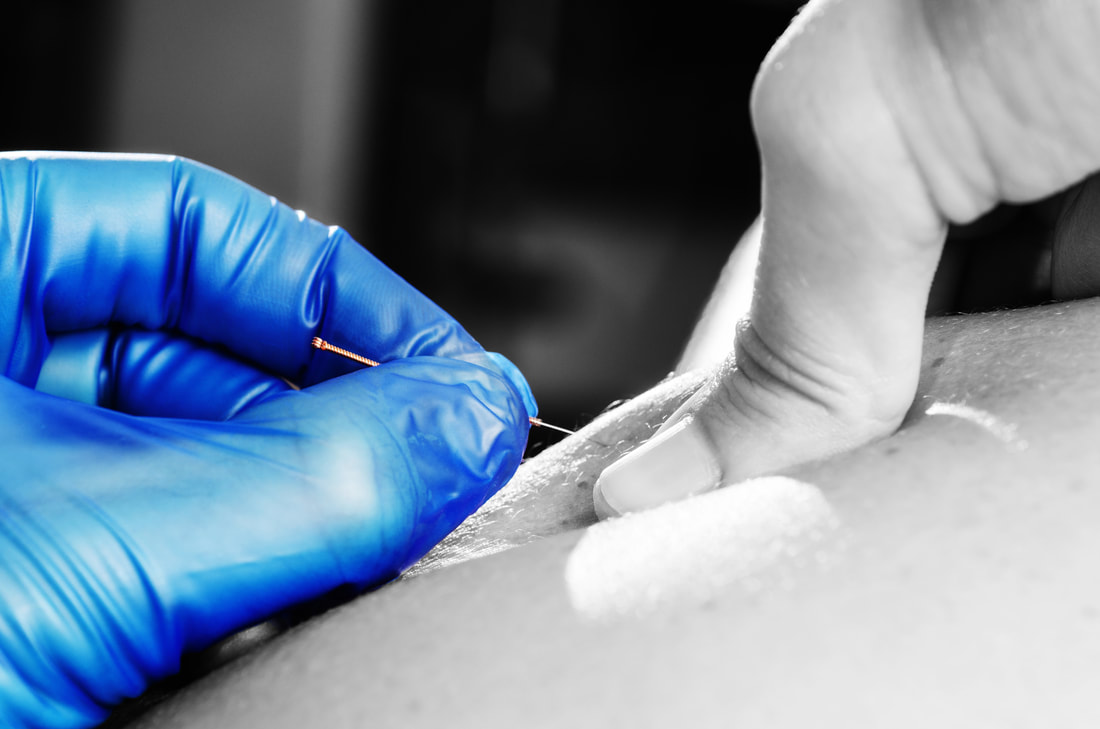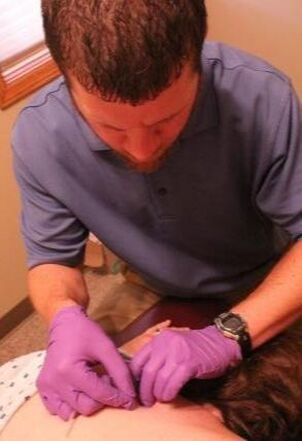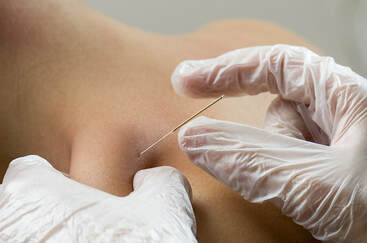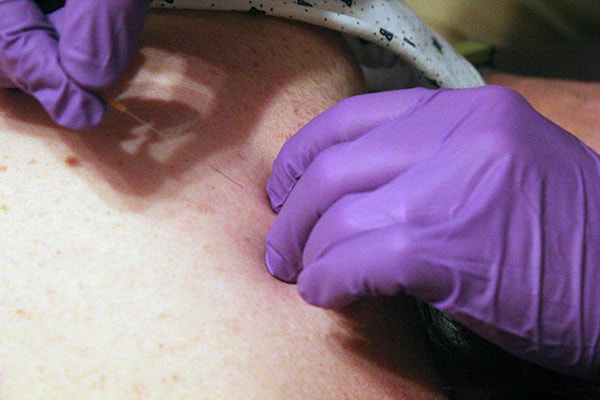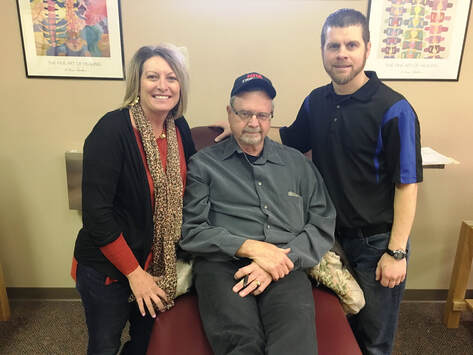|
What is Dry Needling?
Dry Needling is an invasive procedure in which a solid filament needle is inserted into the skin and muscle directly at a myofascial trigger point. A myofascial trigger point consists of multiple contraction knots, which are related to the production and maintenance of the pain cycle. Is Dry Needling similar to acupuncture? There are many similarities and differences between Dry Needling and acupuncture. Licensed physical therapists in a growing number of states can use dry needling under the scope of their practice. Dry Needling also falls within the scope of acupuncture practice. Physical therapists at Abilene Physical Therapy & Sports Rehab are not licensed acupuncturists and do not practice acupuncture. In contrast to most schools of acupuncture, dry needling is strictly based on Western medicine principles and research. How does Dry Needling work? The exact mechanisms of Dry Needling are not known. There are mechanical and biochemical effects. Based on the pioneering studies by Dr. Jay Shah and colleagues at the National Institutes of Health, we know that inserting a needle into trigger points can cause favorable biochemical changes, which assist in reducing pain. It is essential to elicit so-called local twitch responses, which are spinal cord reflexes. Getting local twitch responses with Dry Needling is the first step in breaking the pain cycle. What type of problems can be treated with Dry Needling? Dry Needling can be used for a variety of musculoskeletal problems. Muscles are thought to be the primary contributing factor to the symptoms. Such conditions include, but are not limited to: neck, back and should pain, arm pain (tennis elbow, carpal tunnel, golfer’s elbow), headache to include migraines and tension-type headaches, jaw pain, buttock pain, leg pain (sciatica, hamstrings strains, calf tightness/spasms), and foot pain (plantar fasciitis, etc.). The treatment of muscles has the greatest effect on reducing pain mechanisms in the nervous system. Why is my doctor not familiar with Dry Needling? In the US, Dry Needling is a relatively new method for treating myofascial pain and not everyone is already aware of this effective modality. Feel free to inform your doctor about this treatment option. It is upon all of us to educate others about new and innovative ways to treat pain. Where does Dry Needling fit in the entire rehabilitation program? Dry Needling is often most effective as a part of a comprehensive physical therapy treatment plan. However, it can be effective as a stand-alone with proper education in a home exercise program. Is the procedure painful? Most patients do not feel the insertion of the needle. The local twitch response elicits a very brief (less than a second) painful response. Some patients describe this as a little electrical shock; others feel it more like a cramping sensation. Again, the therapeutic response occurs with the elicitation of local twitch responses and that is a good and desirable reaction. Are the needles sterile? Yes, we only use sterile disposable needles. What side effects can I expect after the treatment? Most patients report being sore after the procedure. The soreness is described as muscle soreness over the area treated and into the areas of referred symptoms. Typically, the soreness lasts between a few hours and two days. What should I do after having the procedure done? Our recommendations vary depending on the amount of soreness you have and on the individual response to the treatment. Recommendations may include applying heat or ice over the area, gentle stretches and modifications of activities. How long does it take for the procedure to work? Typically, it takes several visits for a positive reaction to take place. Again, we are trying to cause mechanical and biomechanical changes without any pharmacological means. Therefore, we are looking for a cumulative response to achieve a certain threshold after which the pain cycle is disturbed. Once I am feeling better, how often do I need to come back to maintain my progress? The musculoskeletal system is under constant pressure from gravity, stress, work, etc. A regular exercise program combined with good posture can prevent many problems. If the pain comes back, “tune-ups” are recommended to treat and prevent serious injuries. Where can I get more information about the procedure and people that are licensed to perform it? Adam Burns, DPT, a physical therapist at Abilene Physical Therapy and Sports Rehab, has completed training and certification in dry needling for trigger point release. He completed his certification with Myopain Seminars based in Bethesda, Maryland. You are welcome to call Adam at 785-263-3646, or email [email protected] if you have further questions about Dry Needling. |
|
“Can’t say enough….1st, the sanitation and cleanliness is top notch. Also, the entire staff is so co-operative and understanding even when you’re late or have to change appointments at the last minute. Tonya and Adam were always up front on what to expect from the therapy and realistic in setting my goals. When it seemed that I had reached a plateau in my advancement, “Dry Needling” was advised, it was somewhat uncomfortable but I feel it was what got me “over the hump” in my treatment. Walking and standing much better than when we started. Thanks to the entire staff.” |
